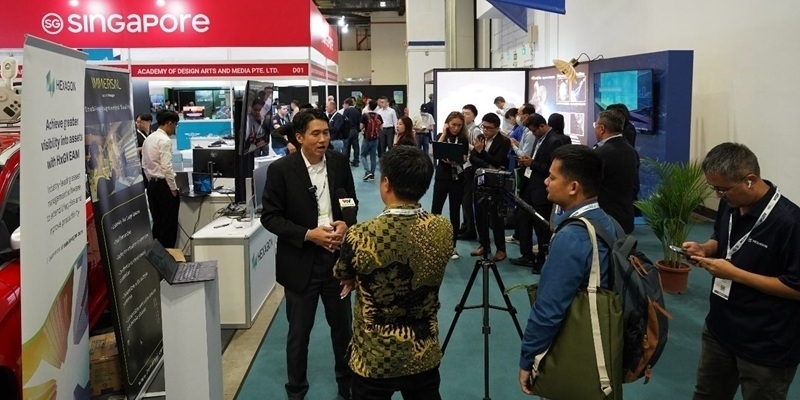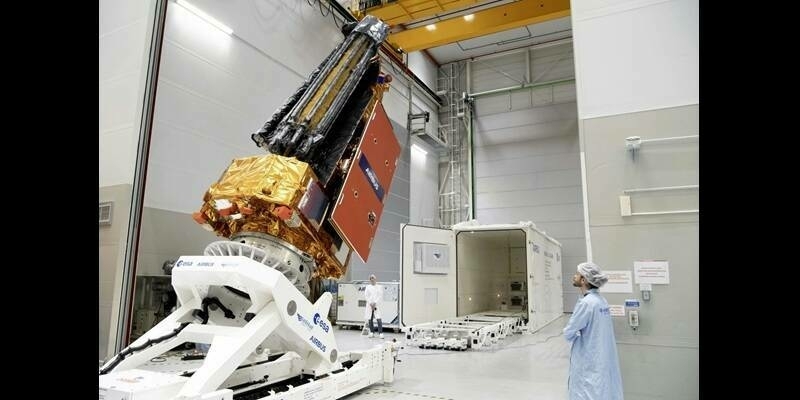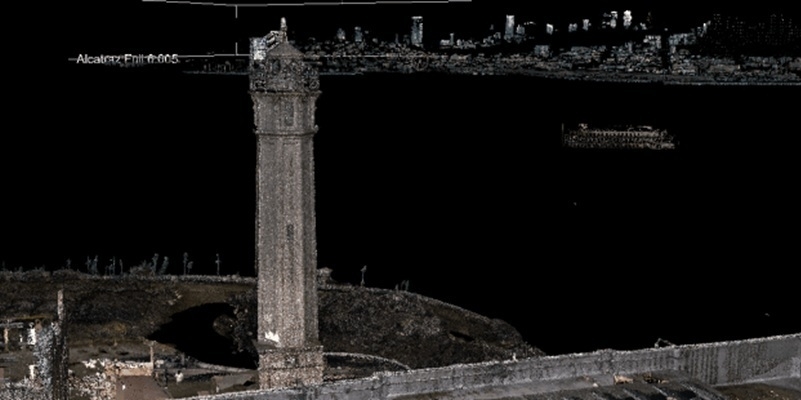Lynred, a global designer and manufacturer of high-quality infrared technologies for aerospace, defense and commercial markets, today announces the delivery of the first flight-model of its largest shortwave infrared detector, NGP, to the MicroCarb space mission. The MicroCarb mission, led by the French space agency CNES, is planned for launch in 2021.
“The aim of the MicroCarb mission is to accurately measure the atmospheric concentration of CO2 across the globe, as well as improve our understanding of the mechanisms through which global climate change unfolds,” said François Buisson, MicroCarb project manager at CNES. “MicroCarb is the first mission of its kind in Europe. It gained support from the French government during COP-21 in Paris in December 2015. CNES and satellite manufacturer Airbus Defence and Space set the mission’s stringent requirements through which Lynred’s NGP detector was selected, the only IR detector available with capabilities that met our needs, due to its high-level of performance. We owe this development to the successful collaboration between different teams and Lynred’s skills in advanced technologies as well as its experience and competence in conducting space projects.”
Lynred’s NGP detector will be at the center of the high-resolution spectrometer instrument onboard the MicroCarb satellite that will monitor and capture CO2 emissions in the atmosphere. The NGP flight model is the first shortwave infrared (SWIR) detector in a class higher than 1k², the largest ever developed in Europe and delivered for a space mission.
Lynred delivered NGP to Airbus Defence and Space (ADS), the prime contractor of the spectrometer instrument for the MicroCarb mission. Lynred has previously collaborated with ADS on space projects, such as Sentinel 2, Sentinel 5 - which will integrate a Lynred NGP detector onboard the METOP-SG platform - and Metimage, among others.
“Thanks to the close collaboration between Lynred and Airbus, the NGP detector, designed to match the highly demanding technical needs of the space spectrometer, is ready to embark on MicroCarb,” said Dominique Gillieron, head of earth navigation & science payloads at ADS. “The successful state-of-the-art performance of this large SWIR detector will allow us to meet the challenging objectives of CO2 emission monitoring from space.”
NGP is a next-generation panchromatic IR detector designed for earth observation missions, notably for CO2 environmental monitoring. Due to its spectral bandwidth (0.4 – 2.5 µm), the NGP detector is well-suited to capturing CO2 emission and absorption spectral rays.
NGP builds upon Lynred’s earlier successful Saturne generation of hyperspectral detectors, offering several performance improvements. These include increasing by a factor of four the number of spectral channels and increasing the spatial resolution. This detector is far more compact; it is half the size of the previous generation, providing more flexibility and cost advantages for system integrators.
“Lynred is honored to be part of the Carbon Dioxide Monitoring Mission (MicroCarb), which is essential to observing environmental CO2 emission reductions over the coming years,” said Philippe Chorier, head of business development for space activities at Lynred. “Since our first space mission in 1994, we have continued to significantly invest in R&D in collaboration with French and European Space agencies to ensure that our IR detector designs for space achieve even more far-reaching performance. Lynred is especially proud of its NGP detector. It is tailored to earth observation missions for multispectral or hyperspectral imagery, including spectrometry etc. The NGP detector has all the performance features upon which earth observation scientists and other end-users can rely.”
NGP is also a candidate for inclusion in the ESA CO2M mission. This mission is expected to be launched in 2025 with an objective to measure CO2 fluxes (emission and absorption) as well as an associated geographical cartography of these fluxes around the earth.
Subscribe to our newsletter
Stay updated on the latest technology, innovation product arrivals and exciting offers to your inbox.
Newsletter

